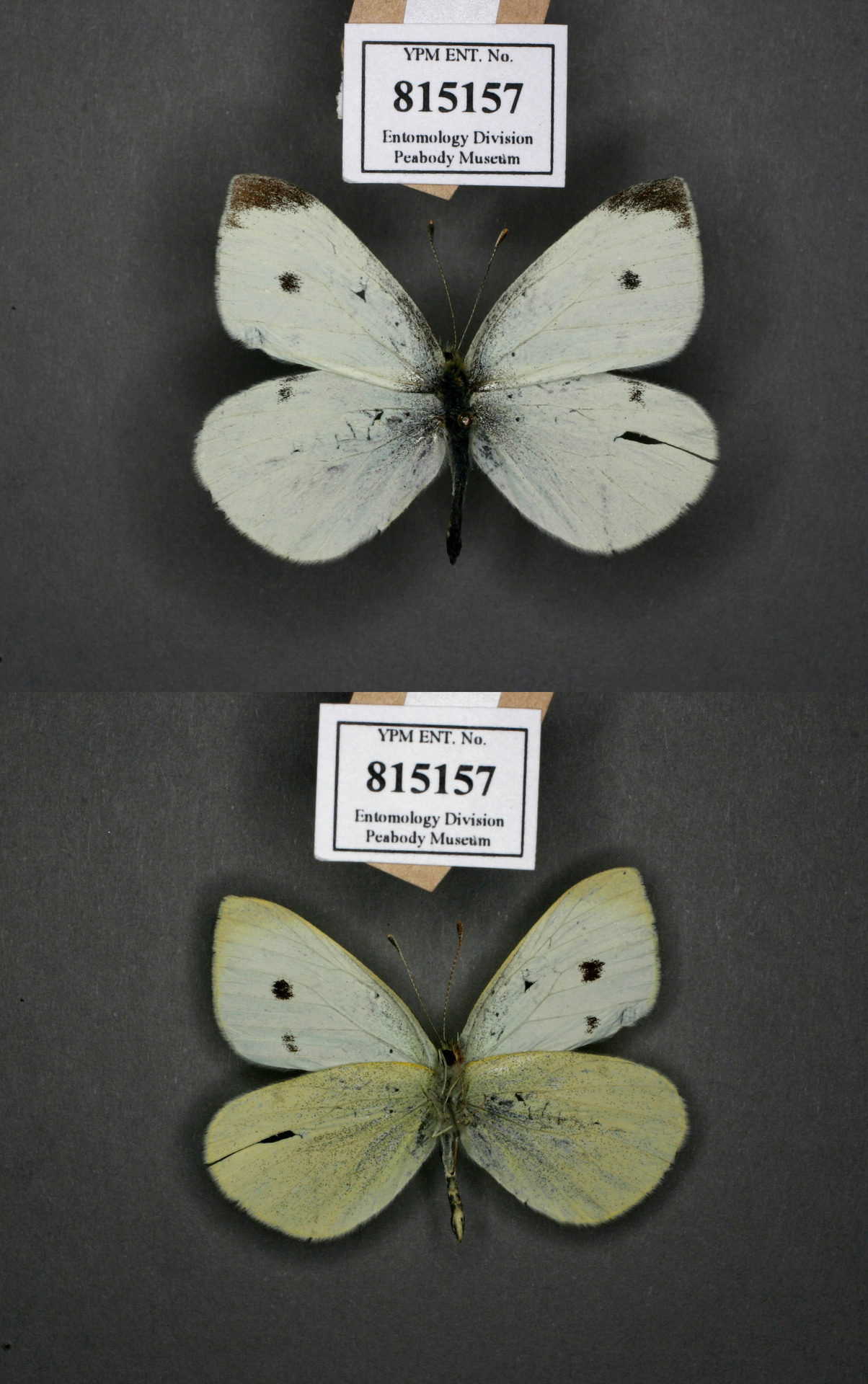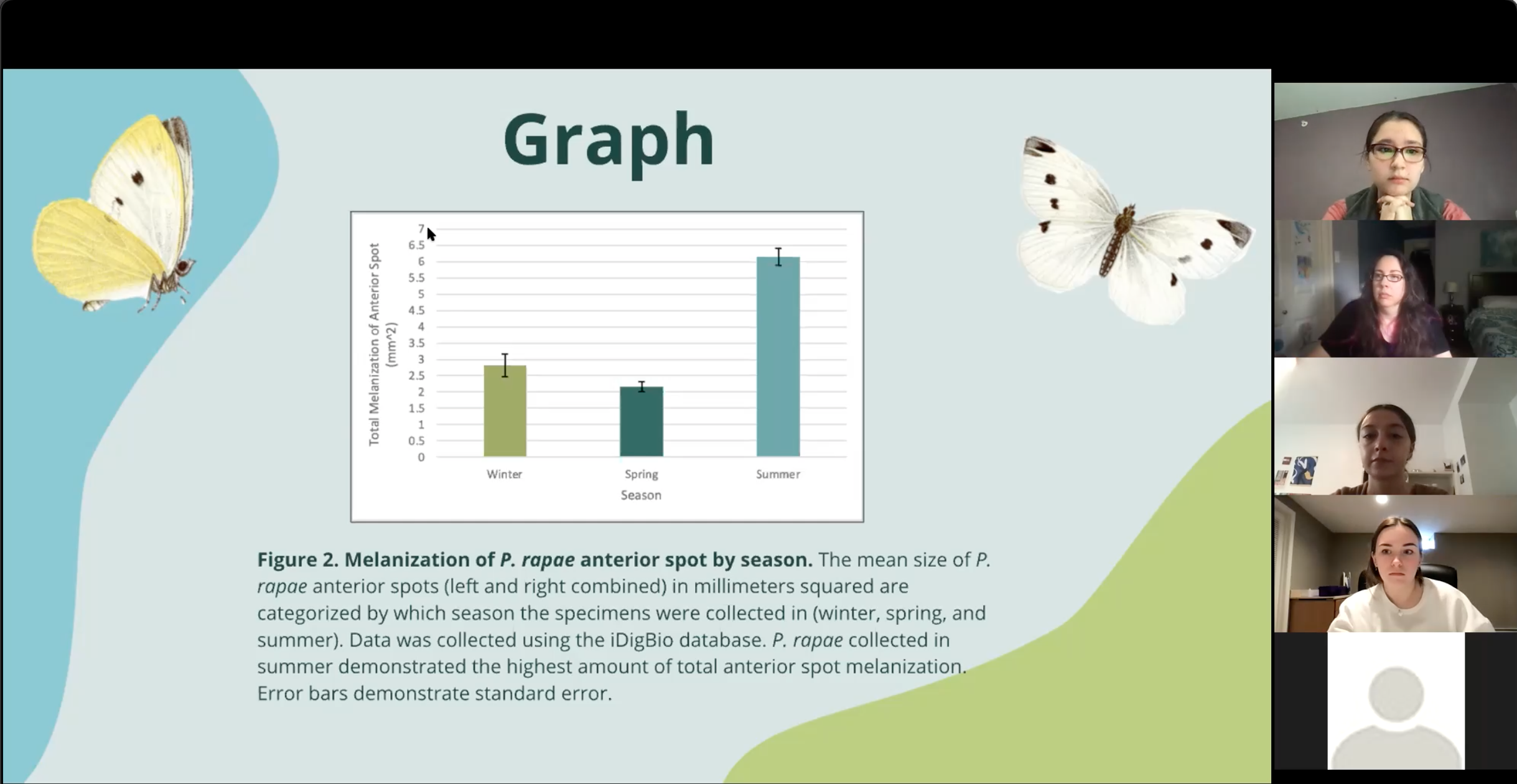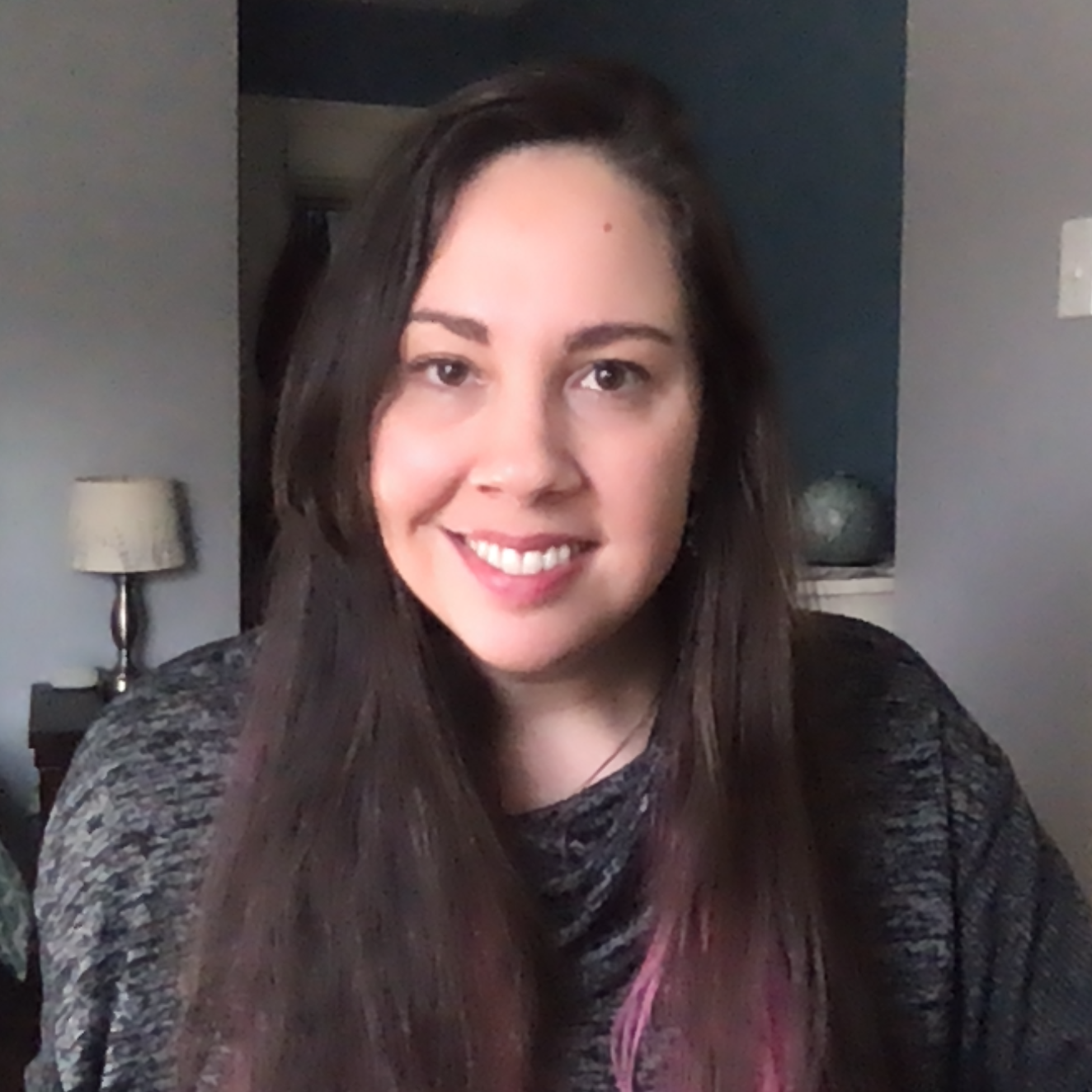When the COVID-19 pandemic sent all of George Washington University Associate Professor Carly Jordan’s students’ home in 2020, she and fellow professors quickly had to create plans to teach their biology classes online and provide required research time in a lab, at home.
Using her partnership with the National Science Foundation, and the Biological Collections in Ecology and Evolution Network (BCEENET), the ARCS Alumna collaborated with museum professionals, fellow educators, data experts, and ecology researchers to develop four biology-based curriculums that could be taught online.
The classes, known as Course-based Undergraduate Research Experiences (CUREs), utilize digitized natural history collections and create virtual research experiences that would normally happen in a lab. The classes also foster undergraduate scientific exploration using natural history specimen data.
“Students participate in real research and engage in the scientific method in an authentic way. They have to develop hypotheses, troubleshoot their methods, and analyze data,” Dr. Jordan explains “Students are also downloading huge datasets, learning how to manage and organize data, and how to collaborate on data analysis.”

University students in Dr. Carly Jordan's
biology class conduct virtual lab research
on the White Cabbage Butterfly through
digitized natural history collections.
(Photo Courtesy: Yale Peabody Museum of Natural History)
GWU Sophomore Dana Woodruff says using the digitized natural history collections through online research was challenging at first. “There were thousands of specimens, so it was very overwhelming,” she states.” However once Dr. Jordan taught us how to narrow down useable samples, it became much easier. I could easily share specimen examples with my research partners. My team could also exchange specimens we thought would be good for our project by sharing their links, images, and even screenshots of their data.”
In her first virtual course, biology students studied the melanization patterns on the wings of a Pieris rapae, also known as the “white cabbage butterfly.” According to Jordan, students downloaded specimen data and photographs for hundreds of butterflies, which included information about when and where they were collected. “They posed hypotheses about variables that could be related to melanization, like latitude or average temperature, and they collected data from the photographs to test their ideas,” she explains.

University students in Dr. Carly Jordan's virtual biology class present their findings on the White Cabbage Butterfly
to fellow classmates via Zoom.
(Photo Courtesy: Dr. Carly Jordan)
Some of that research will soon be published in a scientific journal in collaboration with ecology researchers. All of Jordan’s students will be named as co-authors in the article.
Last year, more than 1,200 students participated in the BCEENET project and used natural history collections in their research. The CUREs classes were such a hit, that more than thirty college institutions implemented the curriculum into their scientific departments in the 2021-2022 academic year.
The white cabbage butterfly is just one of millions of digitized historical artifacts and samples available for public access. According to Jordan, there are more than 1,000 natural history collections in the world. Each collection contains millions of specimens, from prehistoric times to the present day.
The digitizing process is funded and led by the National Science Foundation. To keep the momentum going, the NSF granted BCEENET $500,000 to expand their curriculum and outreach, Jordan says. “CUREs make research accessible to every student in the class, and digitized collections data make research possible without laboratory space or supplies. We want to bring the natural history collections and CUREs to community colleges, minority-serving institutions, and locations that lack access to physical specimen collections,” she states. “By making research accessible to everyone, we aim to improve diversity in STEM and help our students graduate with the 21st-century skills they need.”

ARCS Alumna Dr. Carly Jordan is an Associate Professor
of Biology at George Washington University.
(Photo Courtesy: Dr. Carly Jordan)
The CUREs courses are similar to student support provided by ARCS Foundation. Jordan was an ARCS Scholar from 2008-2011 while a graduate student at the University of Georgia where she studied cell division in single-celled parasites. “The ARCS Scholar Award funded my extensive training on live-cell imaging using a fluorescent microscope. It was a great opportunity to hone my microscopy skills, which I needed to complete my research,” Jordan states.
Although her biology classes have resumed in-person, Jordan still plans on using the digitized collections in her spring courses.

